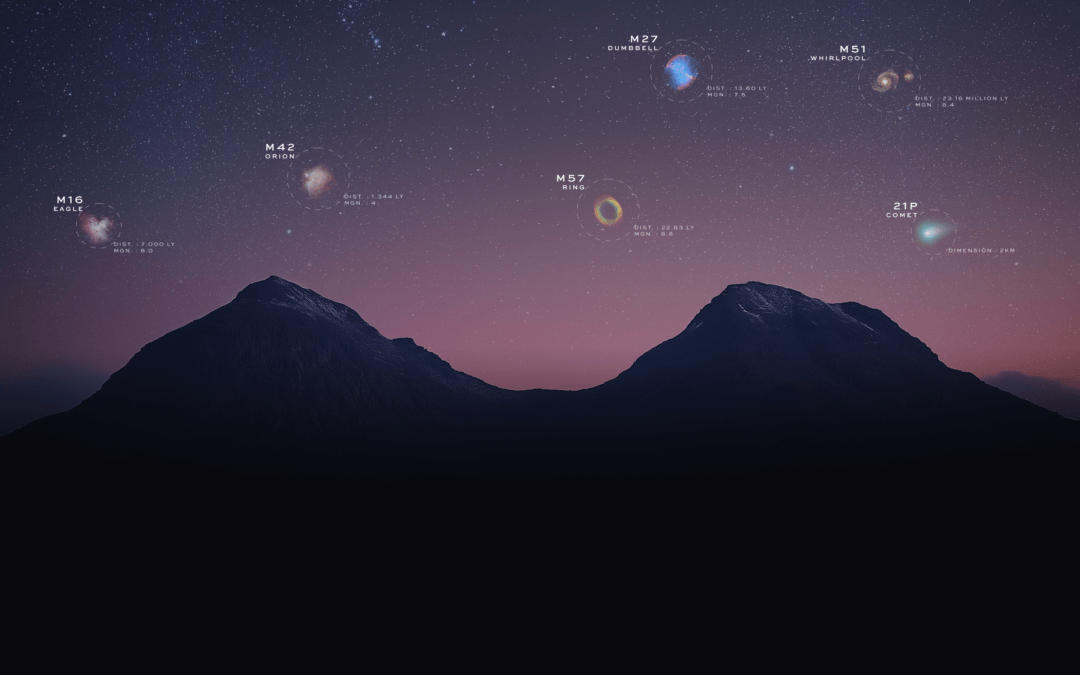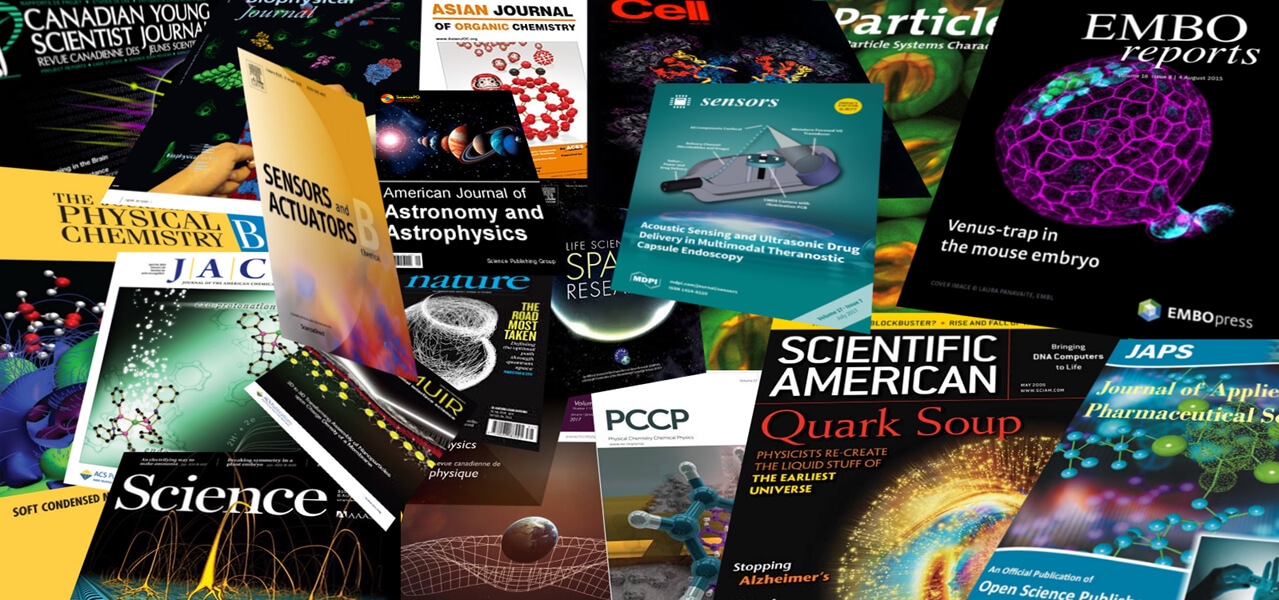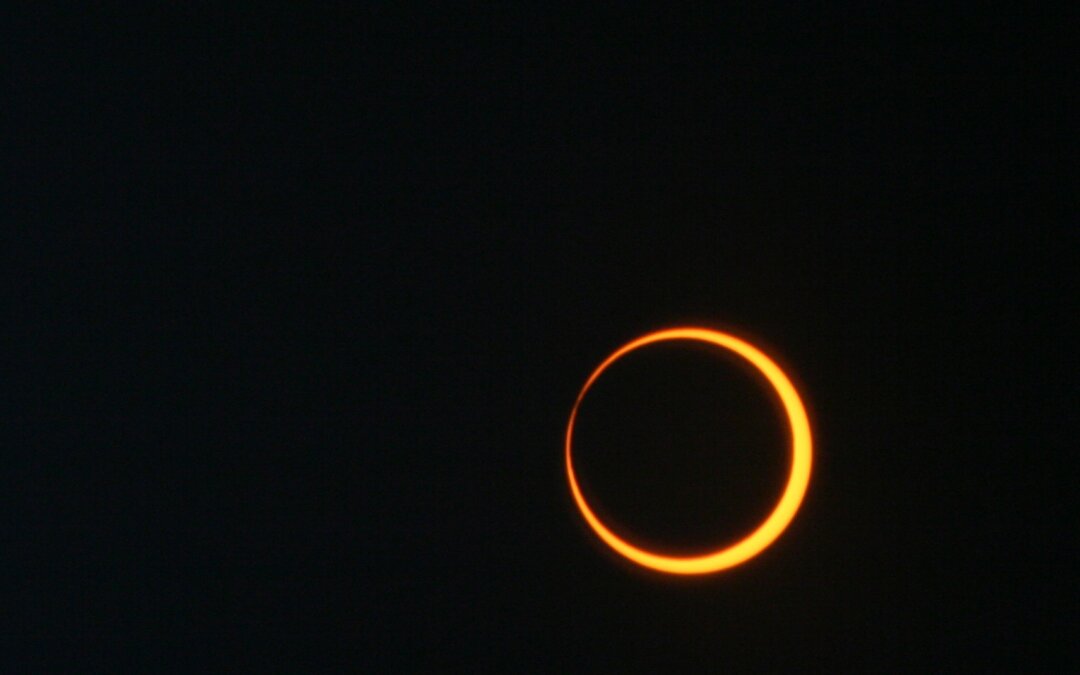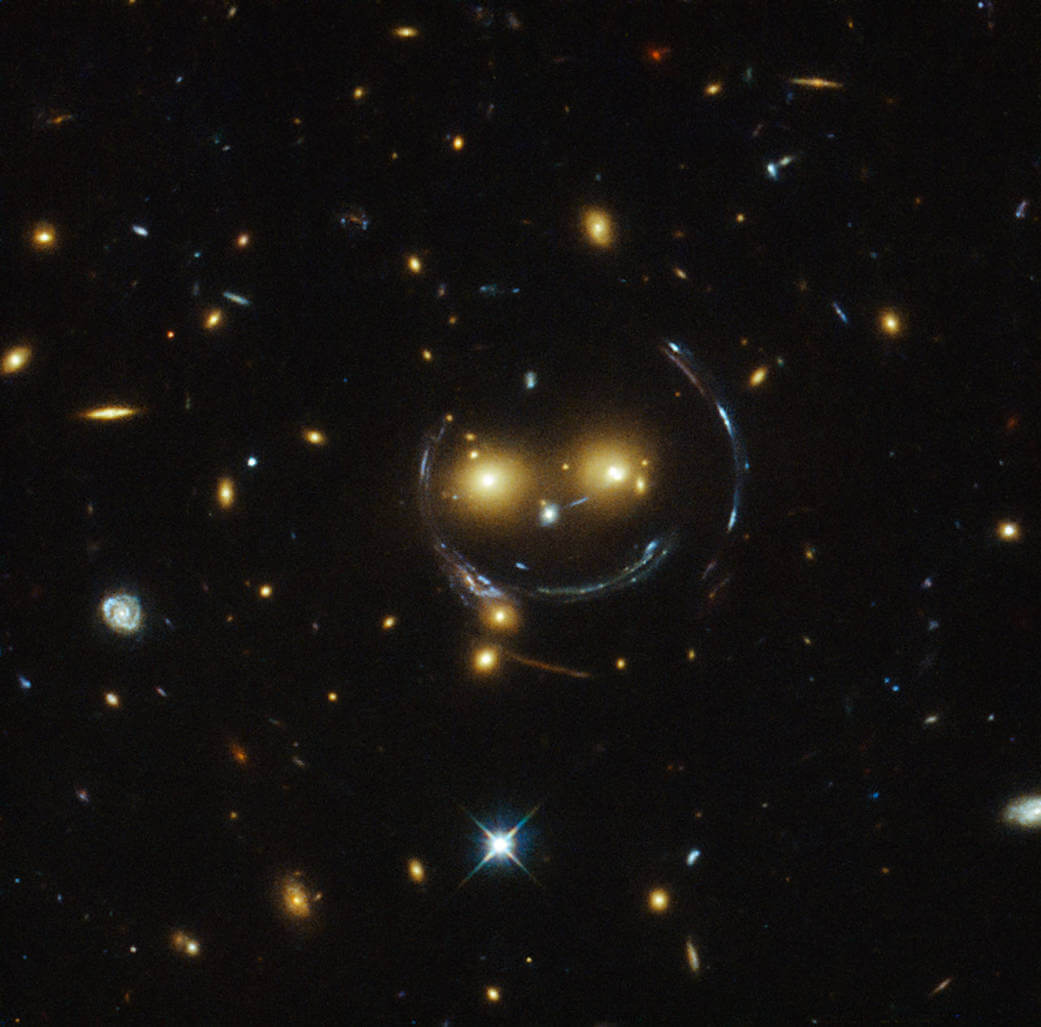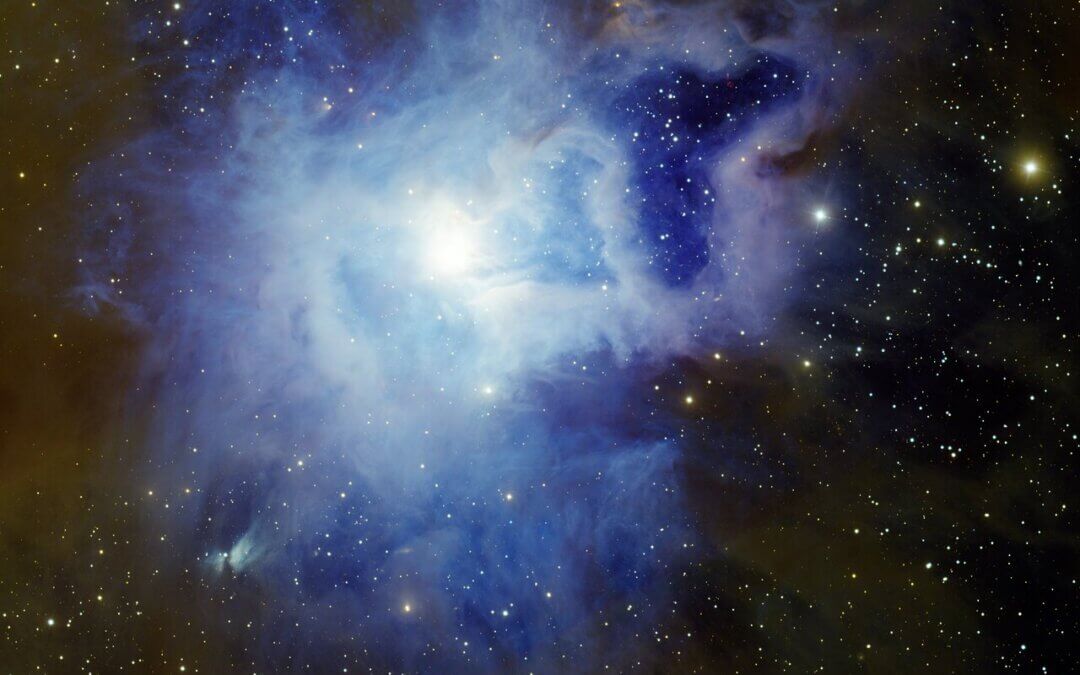1. The Birth of Stars
Stars are born at the heart of immense clouds of gas and dust: nebulae.
Under the pull of gravity, these clouds collapse in on themselves, the matter contracts, the temperature rises… and when 10 million degrees is reached, nuclear fusion begins.
At that moment, the star ignites, enters a state of equilibrium — a star is born.
With your telescope, you can observe two of these magnificent stellar nurseries:
- The Eagle Nebula (M16)
- The Omega Nebula (M17)
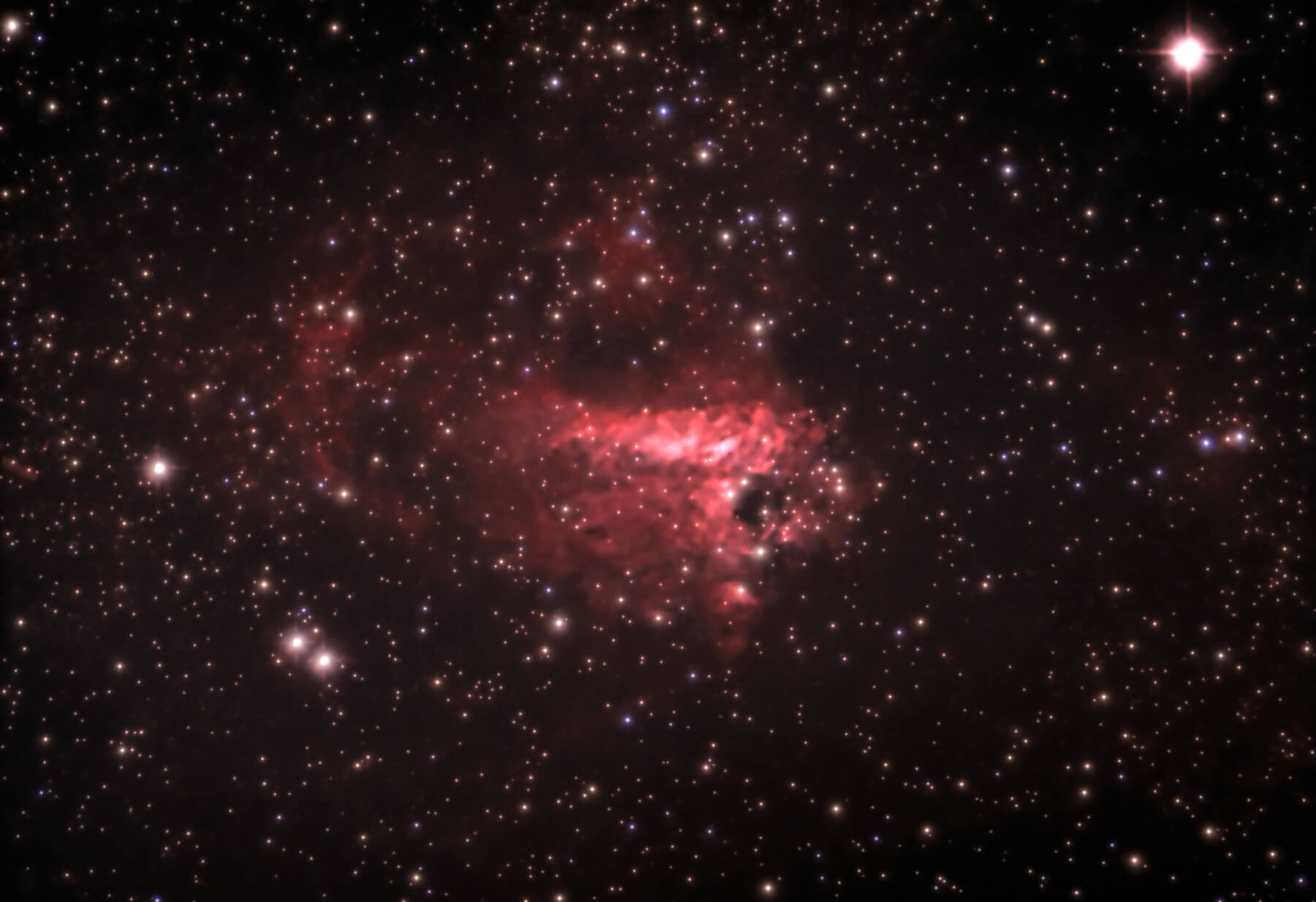
2. The Life of Stars
Once born in a nebula, stars become stable. In their core, a series of nuclear reactions take place.
Over time, stars gradually cool down, which changes their color: blue at the start, they become white, then yellow, orange, and finally red as they approach the end of their life.
This evolution can last billions of years, as with our Sun, or only a few million years for more massive stars. By observing the M71 star cluster, you’ll be able to see stars at different stages of their evolution.
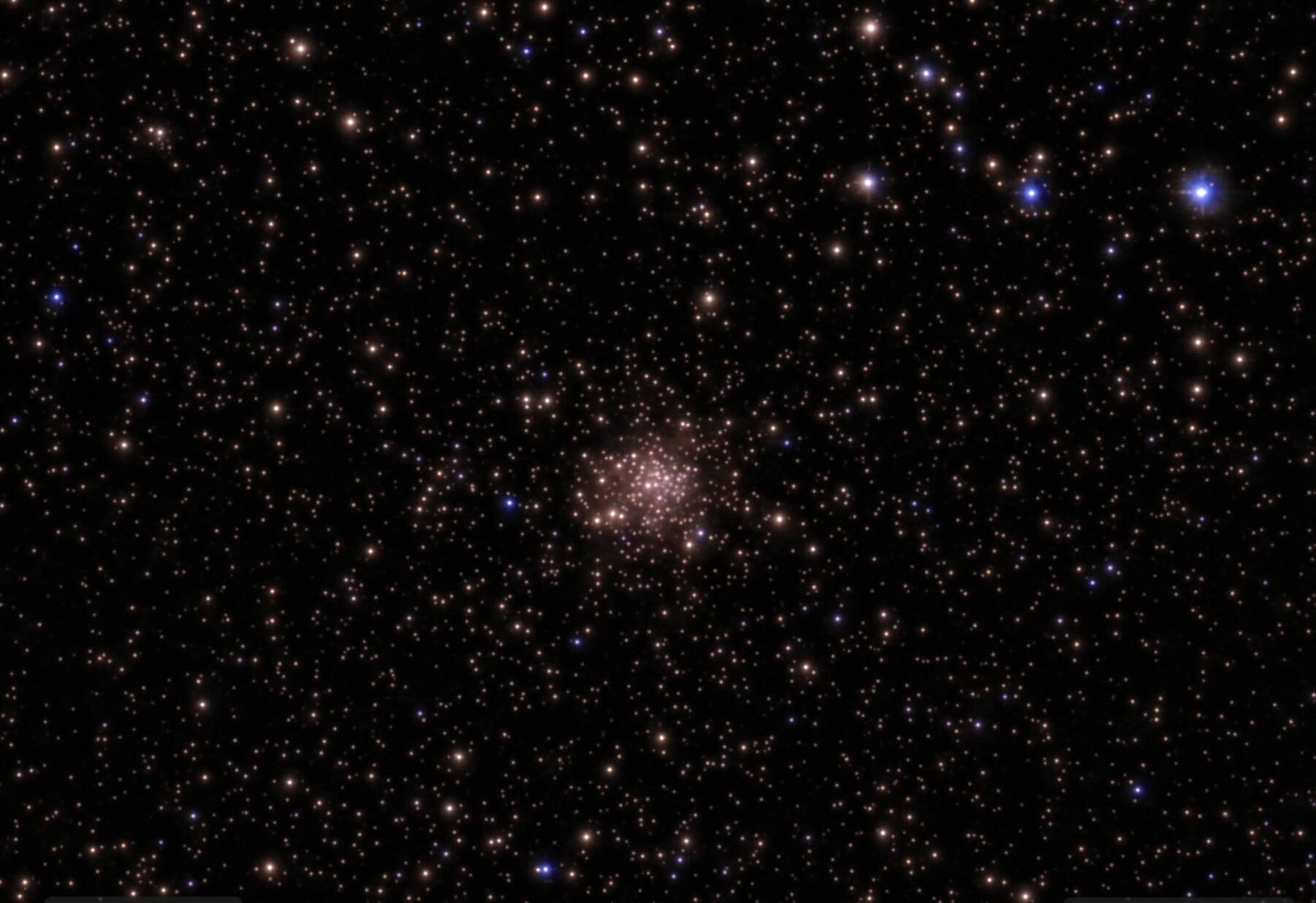
3. The Death of Stars
There are several possible endings to a star’s life. One of them is the formation of a planetary nebula.
When a star has exhausted its hydrogen, it begins fusing helium, then heavier elements. It turns red, pulses, and eventually expels its atmosphere into space. This final breath forms an expanding shell of gas — the star’s celestial shroud. At its center, the glowing core remains as a white dwarf, shining for a while before fading away.
Two remnants of this stellar cycle are visible through your telescope:
- The Dumbbell Nebula (M27)
- The Ring Nebula (M57)
Look closely — you may even spot the white dwarf at the heart of these nebulae.

M57: Photo Credit Stuart Fort
See you next month for more reasons to look up!
Happy stargazing with UNISTELLAR.
Further readings
3 Reasons to observe this month
On Jupiter: Imagine moons casting their shadows on a giant planet. Right now, Jupiter’s moons offer an exceptional show: eclipses visible even from urban areas. Each time a moon passes in front of the Sun, it creates a shadow that dances across Jupiter’s surface. Check our dedicated article to catch every passage of Io, Europa, or Ganymede.
Unistellar Community Included In Multiple Scientific Papers
Did you know Unistellar Citizen Astronomers are often cited in published scientific papers? Find out how you can contribute too!
When Is the Next Solar Eclipse, and How to Observe It With a Unistellar Telescope
An annular solar eclipse is visible from the Americas on October 14. Learn how to witness the Ring of Fire with your Unistellar Telescope!
Halloween Observing Guide: Spooky Deep-Sky Objects
These Halloween deep-sky objects will add some light to those dark, spooky nights. Treats, tricks, and telescopes await!
How Big Is the Solar System?
If the Sun were the size of a basketball, do you know how big the Earth would be? Find out how big the Solar System really is!
Fall Into Cygnus and More With September Deep-Sky Objects
Unistellar’s September targets include a bevy of star clusters and nebulae of all sorts. Celebrate stars in all stages of life this month!
